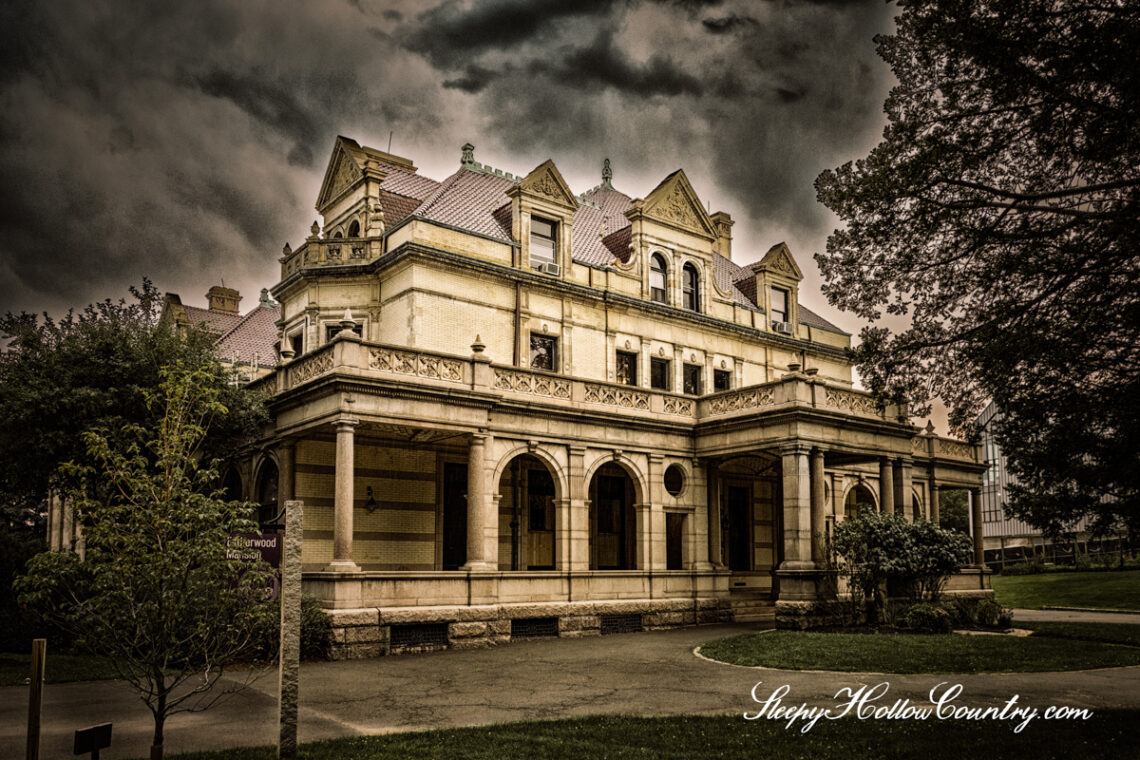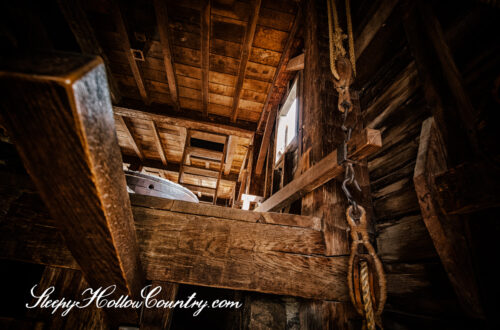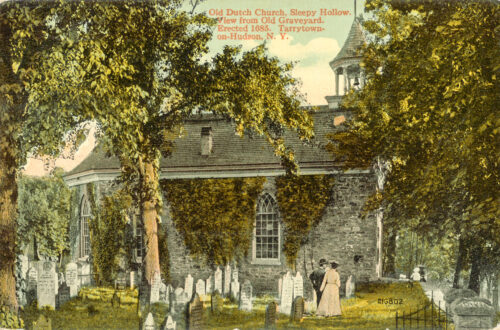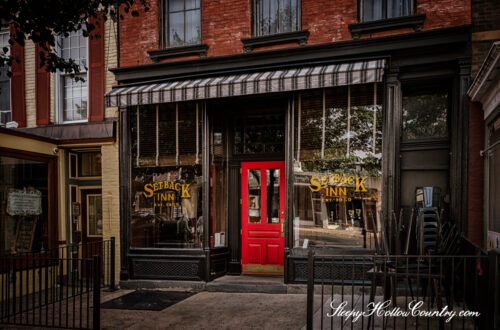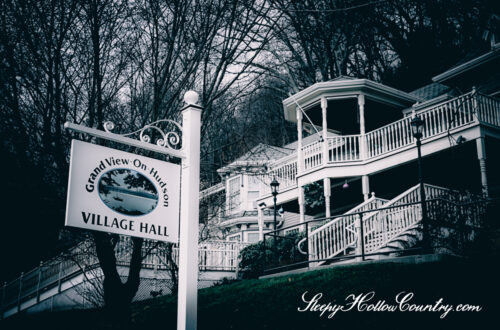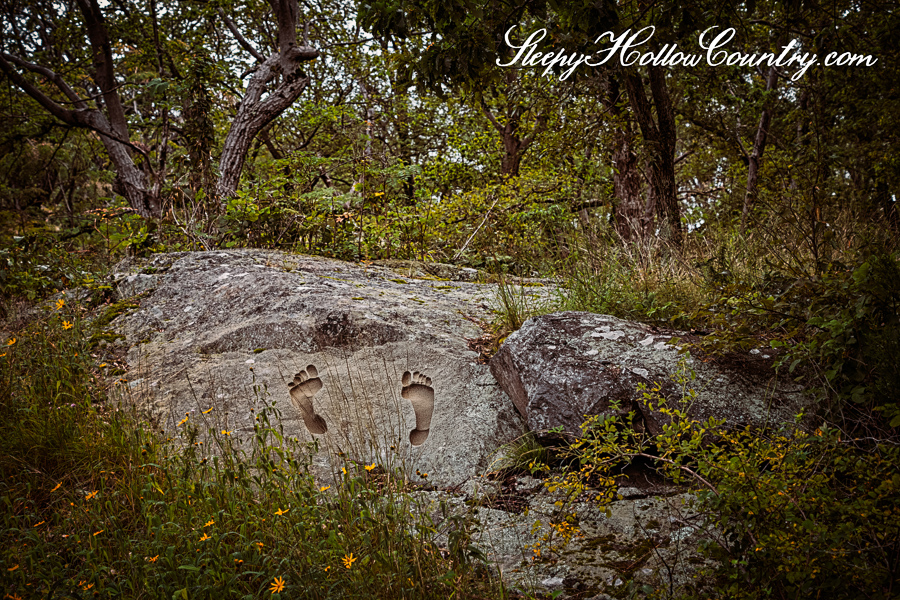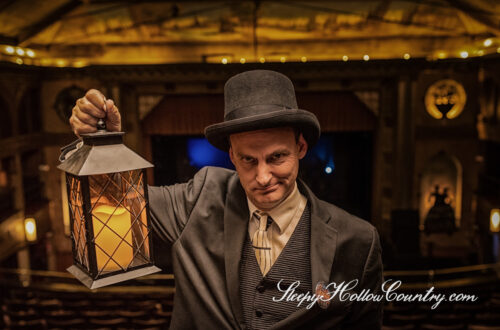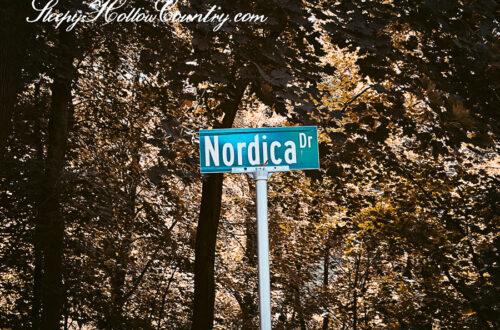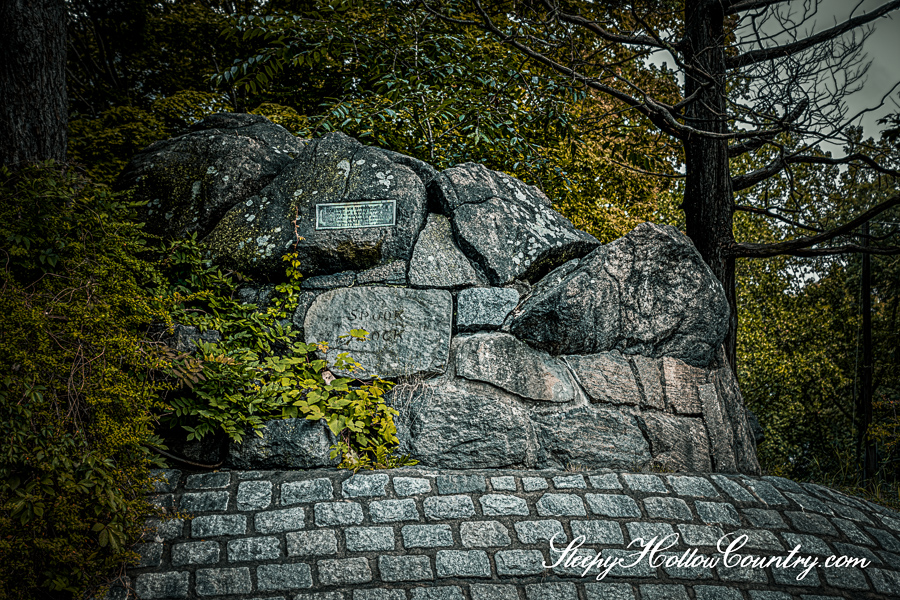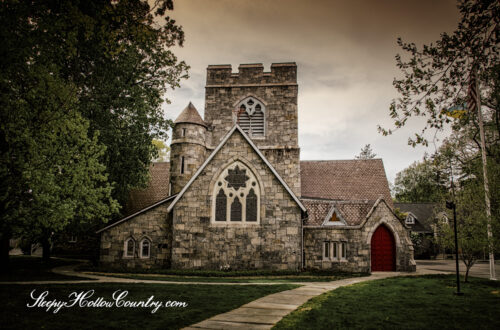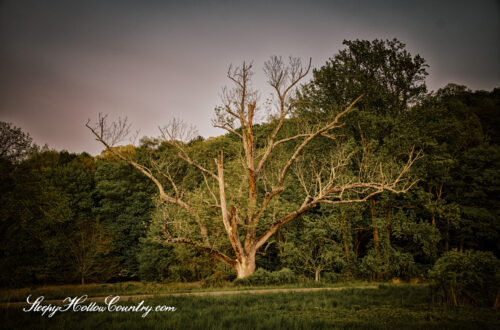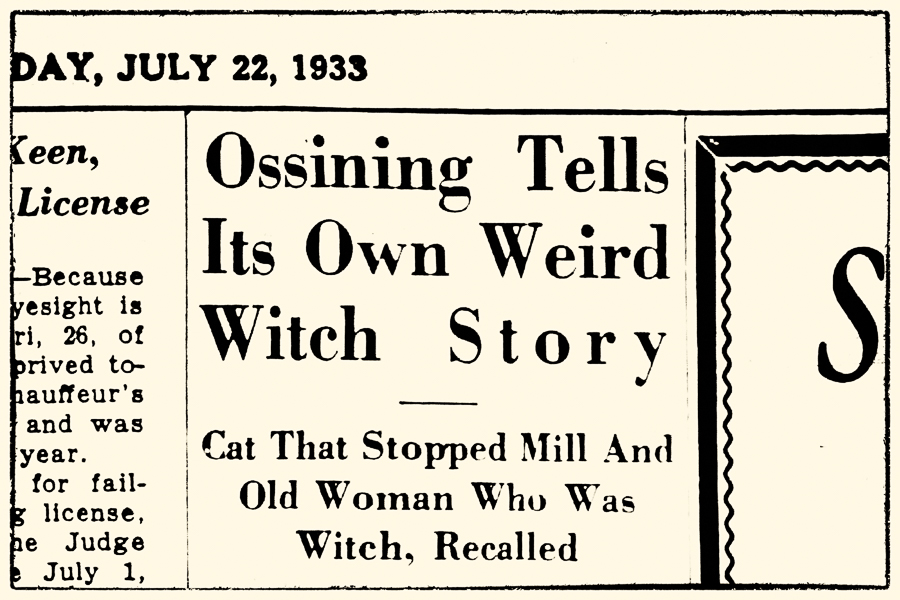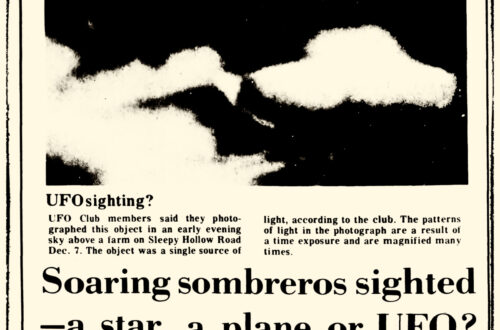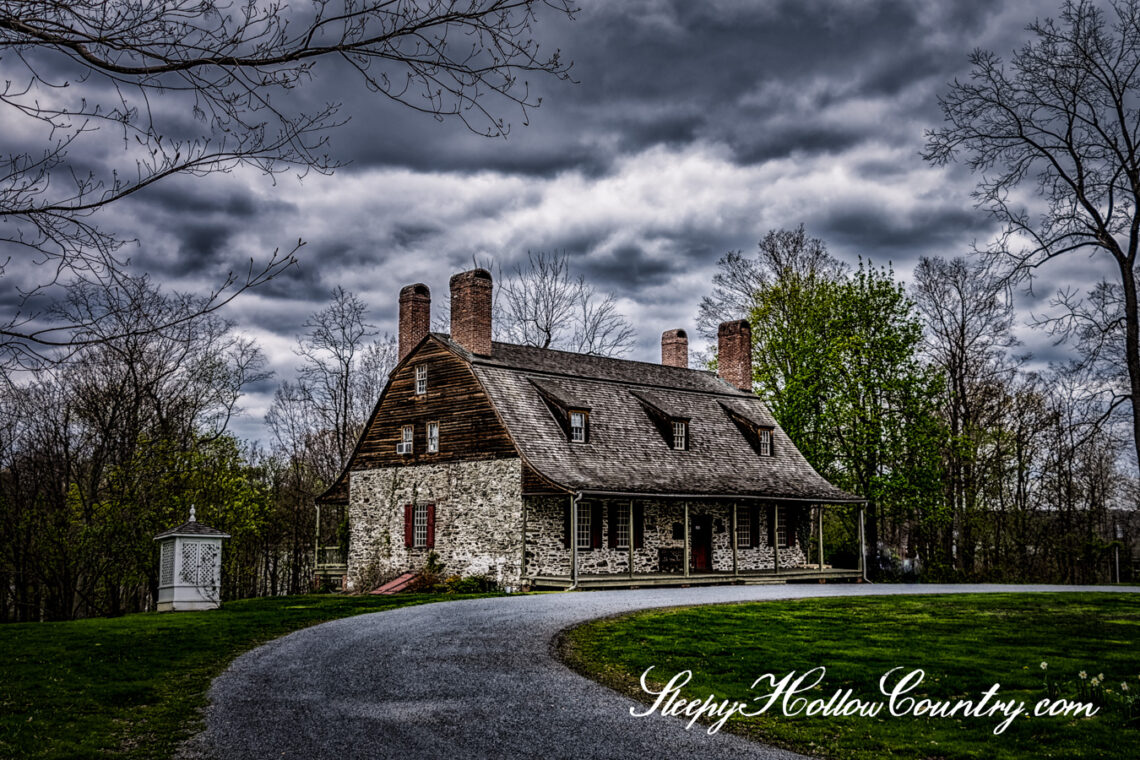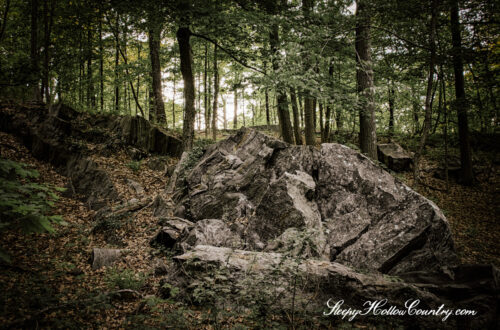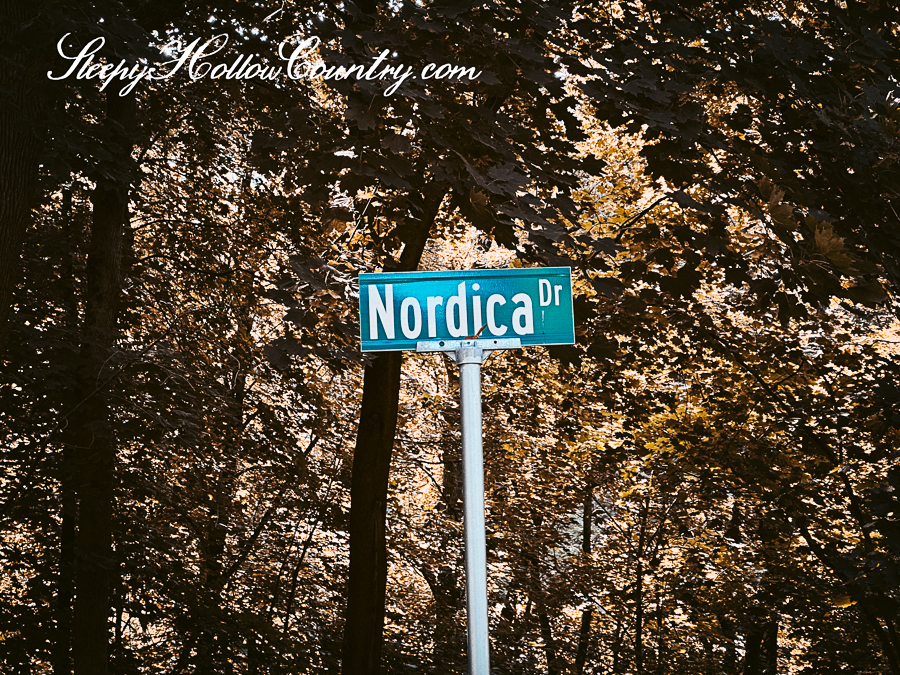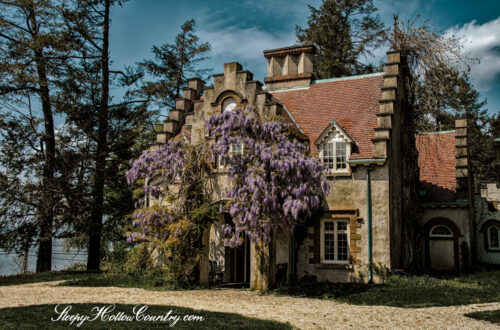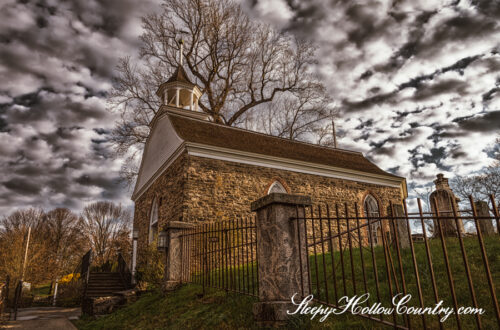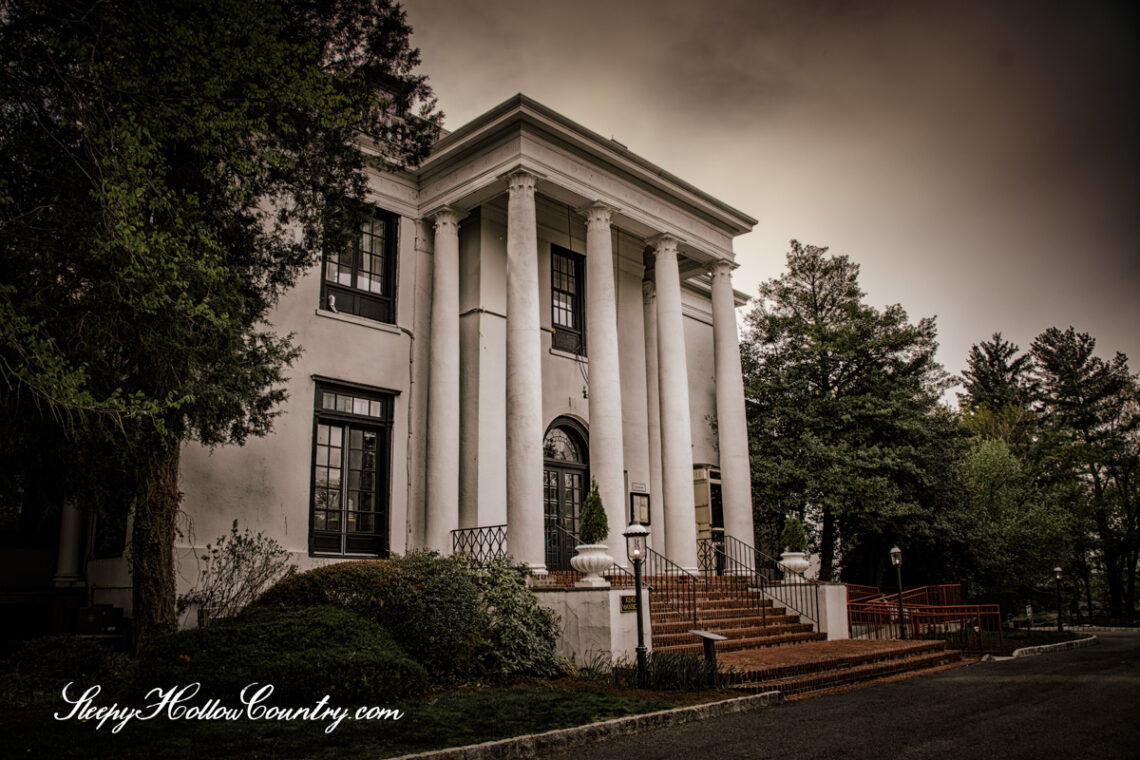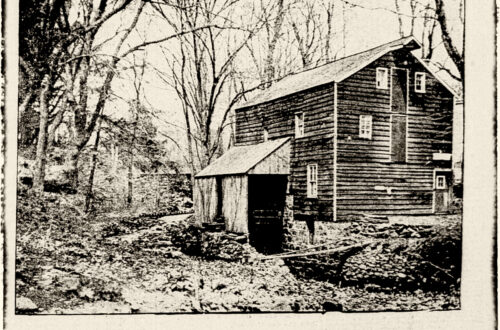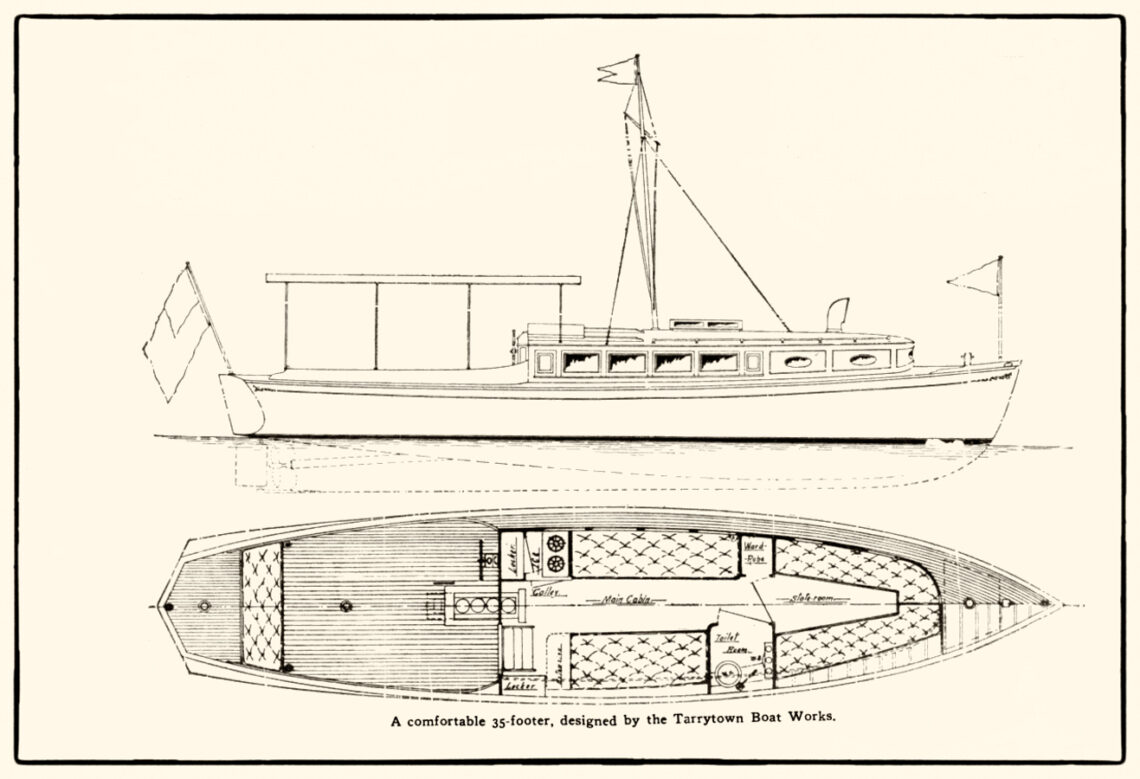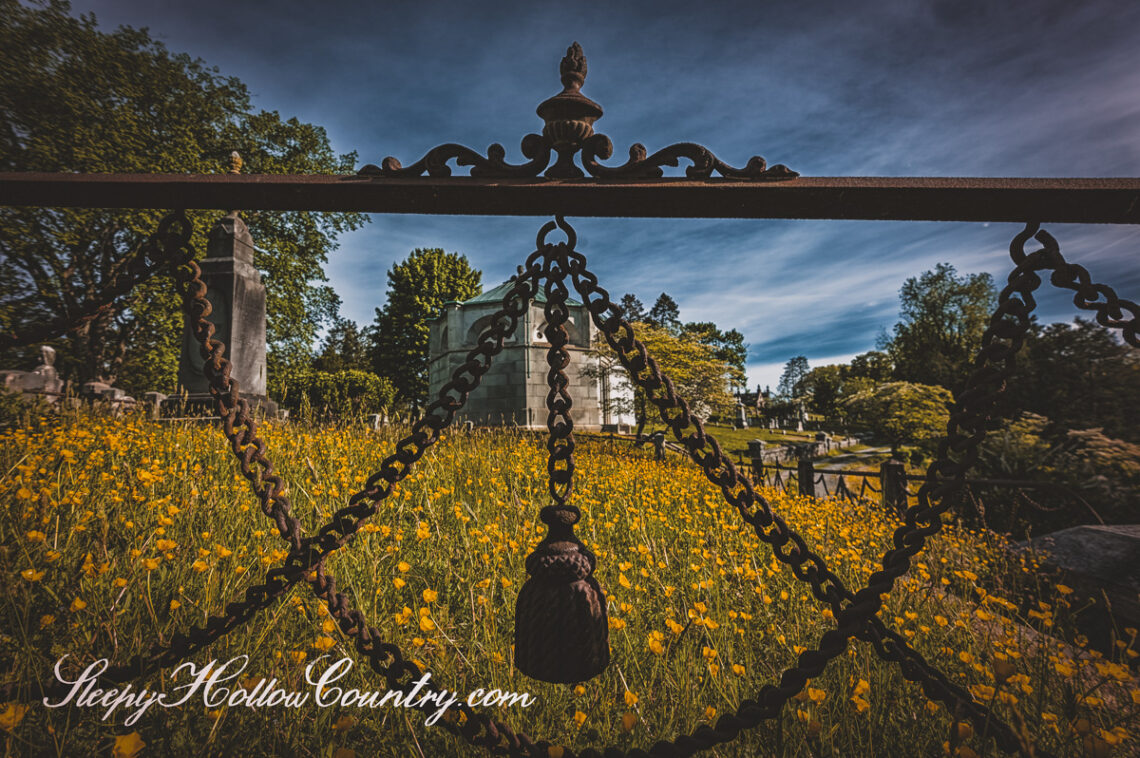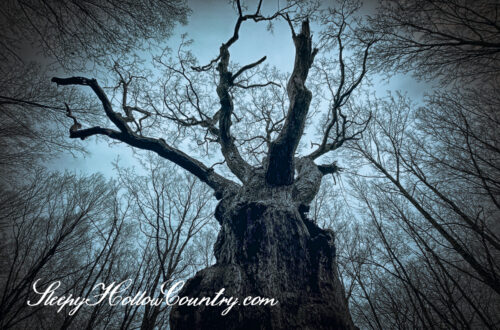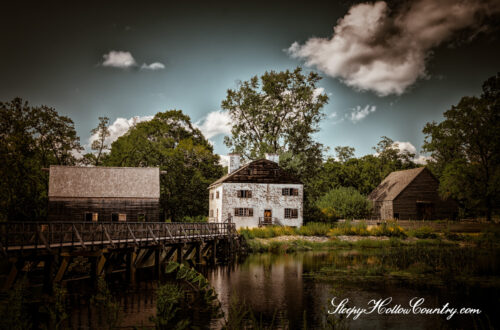-
The Ghost of Estherwood
Just a few miles south of Sleepy Hollow—where ghost stories practically grow on trees—you’ll find the Masters School, a private co-ed institution with a knack for blending academics and a dash of the supernatural. Its sprawling 96-acre campus in Dobbs Ferry, NY, is home to Estherwood, a 19th-century Gilded Age mansion built by James Jennings McComb for his second wife, Mary Esther Wood. And while Mary’s been gone for over a century, rumor has it she’s still hanging around, giving us the latest entry in our paranormal playlist: the ghost of Estherwood Mansion. J.J. McComb wasn’t just a man of wealth; he was a man of clever patents—specifically, a cotton-baling…
-
The Nefarious Black Horse Tavern
“My way led through a lovely country, rich in charming scenery, and affording far-off glimpses of lordly river and frowning mountains. A picturesque point on the road, going north from Sing Sing, is just before the old tavern is reached…Here the thoroughfare takes a sweep of almost half a circle and crosses the stream over a bridge of rustic character. Black Horse Tavern is a two-story wooden structure, sadly the worse for wear…” Rambles in Colonial Byways, by Rufus Rockwell Wilson, 1901. Don’t let this romantic description of the scene deceive you. While the region of Croton is truthfully a beautiful part of Sleepy Hollow Country, the aptly named Black…
-
The Devil’s Footprints
Sleepy Hollow Country is steeped in folklore, but few tales are as peculiar as the story of the devil’s footprints in the village of Croton-on-Hudson. We stumbled across this geological phenomenon while sifting through newspaper archives for information on the Black Horse Tavern, a notorious Revolutionary War era public house on the bank of the Croton River. Below the headline “The Devil’s Footprints” ran the lede “Mysterious footprints in the solid rock on the east and west banks of the Hudson at Croton have puzzled the scientists, who believe them to have been made by a primeval man before the Stone Age.” We thought we had a pretty good handle…
-
The Ramapo Spook Rock & Indian Rock
Rockland County is so aptly named for its enormous relationship with the geological. From the cliffs of the Palisades to the South, to the Ramapo Mountains in the west, “…the county appears to have been well named, and it is not surprising that it was not looked on in favor as an agricultural region” as there are just a lot of rocks. But not just any old run-of-the-mill stones, there are two of particular interest in this region, protruding into modern-day from the past to remind us of the many things that were here before and that sometimes history and lore are forever entwined. Spook Rock The terminology of “spook…
-
The Bewitched Mill of Sing Sing
The tale of the bewitched mill of Sing Sing, or the Ossining witch, comes to us down a winding path that begins at the ancient and now vanished shad fishing camp at Crawbucky Point, where local legends were told and retold around the evening campfires. But before we dive into our story of the bewitched mill, let’s take a brief detour into the shifting name of the village presently known as Ossining. 17th Century Dutch maps of the Hudson River show a settlement on the east shore occupied by a band of the Mohegan tribe known as “Sint Sinck.” In 1813 European settlers founded a village they called Sing Sing, Anglicizing…
-
The Fiery Ghosts of Mount Gulian
Here at Sleepy Hollow Country we first learned of the fiery ghosts of Mount Gulian through a series of articles titled “Weird Westchester Tales,” published in Westchester County newspapers in 1956. Reporter E. L. MacKay opened the series with one of our favorite local legends, that of Spook Rock in Sleepy Hollow. MacKay next shared the following eerie tale from further up the Hudson Valley. The Ghosts of Mount Gulian Unveiled While many have claimed to see or hear ghosts, such stories are often dismissed, especially when the witness is alone. But in this case, the spectral figures were witnessed by not just one, but four people—a policeman and three…
-
The Passionate Phantasms of Croton-on-Hudson
The following story is a particular treat for Sleepy Hollow Country. This decades-spanning tale features some incredible facts: a charming adventurer, a renowned opera singer, tragic deaths, no less than four possible ghostly “phantasms”, two separate seances, and a famed ghost hunter; all wrapped up somewhat neatly in a beautiful and unassuming stone mansion located in the quaint community of Croton-on-Hudson. Clifford Burke Harmon Clifford B. Harmon is just the character for a ghost story. Larger-than-life, this entrepreneur, developer, and dashing Edwardian Era wild child deserves a more thorough exploration all to himself. Still, for the sake of brevity, we will hit the best points. Harmon was born in Ohio…
-
The Ghost of Sybil Harris King
The ghost of Sybil Harris King is reputed to linger around her former mansion which today is part of the Tarrytown House Estate. This corporate retreat center and event venue, located in Tarrytown, New York, has a rich history that dates back to the 19th century. The property is the combination of three Gilded Age estates owned by wealthy families who were drawn to the Hudson River Valley for its scenic beauty and proximity to New York City. It is situated on East Sunnyside Lane, just off South Broadway and not far from Washington Irving’s home, Sunnyside. Of the three original mansions, two remain standing: Uplands of broker James S.…
-
Tarrytown Boat Works
Tarrytown Boat Works was part of a vibrant Hudson River working waterfront during the early years of the 20th century. It was one of at least three boat builders on the Tarrytown waterfront over the years, including local powerhouses John O. Brown and Julius Petersen. While traces of any local boat builders are hard to find 100 years later, we dug deep into the archives to piece together this brief history of Tarrytown Boat Works. Sadly, we have not been able to track down any surviving watercraft from this shop. What we know for sure is that the business was incorporated in 1910. The annual report from the New York…
-
Sleepy Hollow Cemetery
Sleepy Hollow Cemetery in Sleepy Hollow, New York, is one of the most storied and picturesque burial grounds in the United States. Nestled in the heart of the Hudson Valley, this historic cemetery is renowned for its connection to Washington Irving’s famous tale “The Legend of Sleepy Hollow,” as well as for its beautiful landscape and notable interments. With a rich history dating back to the 19th century, Sleepy Hollow Cemetery is a place where the past comes alive through its legends, architecture, and the famous individuals laid to rest there. Historical Background Sleepy Hollow Cemetery was established in 1849, at a time when the rural cemetery movement was gaining…
